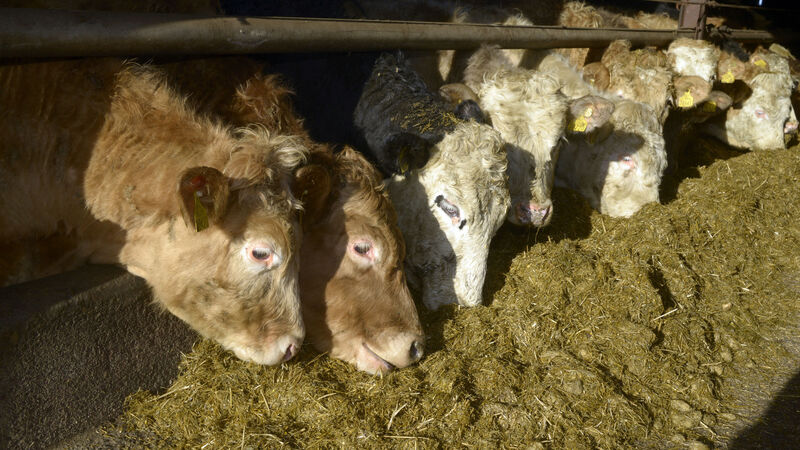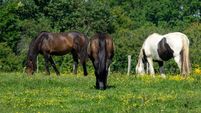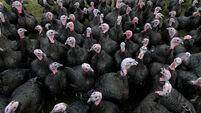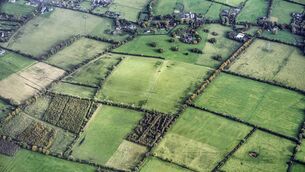Planning now for quality feed next winter

For many farmers grazing is still a bit away due to very soft and wet ground conditions. File Picture.
The weather is never too far away in any conversation in Ireland. There is no doubt that the older you get, the less you like snow. On the upside, maybe home-schooling this week can include snowman construction
A good spell is badly needed to get slurry and fertiliser out as there has been practically no opportunity to do since the close period ended.










